Turning redemptions into digital currency
Last week at the Las Vegas Industry Summit, Panini boldly announced an end to dreaded redemptions and the beginning of the industry’s first rewards program. The Panini Rewards Program consists of Panini Rewards points cards inserted in place of redemption cards and a catalog of available cards that those points can be exchanged for. Sounds simple enough, right? No more redemption cards, choice in the hands of the collector, what could go wrong? Few details are known right now (and some may not be revealed directly from Panini), but it seems clear that nobody really knows how this new system will work out.
I always like to think of ways to exploit systems, partly to be able to get the most out of opportunities and partly to identify problem areas that may require corrective action. Any time money is involved, you can be sure that there will be people looking for a way to turn a profit. Let’s break down the components so we can figure out where things could go wrong.
The Source
Where the rewards cards come from is straightforward. Whenever a card that is planned for a product isn’t available in time for packout, a rewards card will be inserted in its place. The number of points on each card will depend on the relative value of the card being replaced. A key point here is that this system will do nothing to prevent redemption cards, it merely changes their form. Anyone who pulls one of these still faces the same choice: keep it and redeem it for something or sell it. This choice is now complicated by the range of possible redemption options and new types of risk.
The Sellers
The easy option, as with current redemptions, is to simply sell a rewards points card after pulling it. This gets around the choice of what to redeem it for, whether to get more points to get a better card, or whether to wait for different cards to become available. Unlike current redemption cards, the value of these points shouldn’t change much over time. This makes it less attractive to hold the card and wait for a better time to sell.
The Buyers
This new points system will drastically change the buying landscape. It is not uncommon to see redemption cards languishing on the market because of unrealistic asking prices or a complete lack of demand for a particular player. With no specific players tied to any points card, those should no longer be an issue. The flexibility in redemption options means that there should be demand for every card but no variation in demand between cards. Buyers may be looking for one card at the specified point level, a card at a higher point value, or bulk points to load up an account with to be able to grab cards quickly as soon as they become available. It’s this last class of speculators that could drive the market for points cards and could cause the most problems.
The Redemption
For people who choose to redeem a points card they pulled from a pack, they will have to choose between a card they specifically want, something else that is available and looks interesting, or whatever looks like it will be the most valuable. That last part will also come into play if someone buys a points card with the intention of redeeming it for a specific card. If the card you want is worth less than $5 but you can get a card worth $10 or more at the same points tier, what do you do? If you only spent $5 on the points, you could turn a profit if the right card is available. Conversely, if the availability of more valuable cards pushes the price of the required points to $10, is it even worth going through the process for the $5 card? Already, we’re seeing the possibility of problems arising from pricing within a single point tier.
The big factor driving prices will probably be speculators who will seek to buy up points and redeem them for whatever provides the largest profits. In addition to the likelihood of a range of values within a single point tier, there are differences in value between point tiers to consider. If a $100 card can be redeemed for points equivalent to 10 $5 cards, the higher point tier becomes a better value and the price of points on the secondary market will likely rise as a result to make obtaining the $5 cards less economically viable. The reverse is less likely to be a problem but could make high-dollar cards even more expensive on the secondary market (and less likely to sell).
Speculators will also have a competitive advantage when it comes to timing. For the pack opener or the specific card collector, there is likely to be some amount of disconnect between when cards become available and when they are selected for redemption. The speculator on the other hand will have points loaded in their account and will be ready to take action as soon as they get an alert about a valuable card becoming available. In addition to the value differential arising from how Panini chooses to value cards that can be redeemed, we now see a problem with which types of users will be able to get the most value out of the inequities in the system.
The Secondary Market
For some, the best option may be to stay out of the rewards point system entirely and wait for cards to hit the secondary market. And this is where it gets messy. As noted above, cards that fall on the low end of the value spectrum may be less attractive for redemption and may only be redeemed by people who want those specific cards. This means that few, if any, of these cards may ever hit the secondary market. Those that do may be plagued by unrealistic asking prices that reflect the cost of redemption more than the value of the card. Panini has added an artificial exchange rate into the middle of the redemption process in their attempt to improve it.
Valuation
At the heart of this system is the assignment of points to specific cards. Until we see some examples, there is no way to know how this process will work. But even without examples, it isn’t hard to envision problems. We know that each card will have a point value assigned for packout, but will this point value be kept unchanged when the card is made available? Will it remain the same for as long as the card is available? The card’s dollar value will fluctuate over time, shouldn’t that be reflected in its rewards point value? There are a lot of questions to answer and few answers that will satisfy all of them. The point-to-dollar exchange rate is the key here and it is unrealistic to expect Panini to be able to keep this rate constant across all available redemption cards.
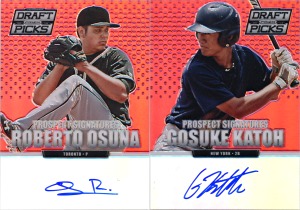
99 cents or 91 dollars? What’s that in points?
The biggest problem area is going to be the extreme low end. Many of Panini’s autograph cards routinely sell for less than $5 shipped, including many of their low-numbered parallels. If the cost to redeem is too high, these cards will go unclaimed. And if parallels automatically get a higher point value because of their numbering, they become even less attractive. As an example, last year I sold two 2013 Panini Prizm Perennial Draft Picks red prizm autographs numbered to 100. One sold for $91 and the other sold for 99 cents. When it comes to parallels, most people assume that the value can be determined from a linear multiplier relative to the base version. In reality, the relationship is exponential; valuable cards have exceptionally valuable parallels while cards with minimal value see no increase in value for more limited versions. In many cases, a more common base version may be more valuable than rarer parallels. This poses a major problem with the valuation process.

#d/744: $10.51 #d/100: $8.50 #d/50: $7.88 How many points should these be worth?
Solutions
There are no easy answers here. Ultimately, collectors of specific players at the lower end of the value spectrum are likely to be the losers in this sort of system. Should Panini discount the points value of cards when they spend too long in the system? Offer them as free bonuses? Bundle multiple parallel levels of the same card at a discount? Should there be a limit on the number of points that can be redeemed in a given time period? A lottery system that removes the timing advantage of speculators? The ability to reserve cards before they are available? We’ll probably have to wait and see exactly how the system breaks before coming up with fixes.
If it had been up to me, this is not the sort of system I would have deployed. The problem areas with redemptions are the need for redemptions in the first place, which the Panini Rewards system does not address, and the long wait for fulfillment, which the Panini Rewards system addresses with possible complications due to speculators. If the goal is to fix the fulfillment process, creating a profit-based incentive for more people to enter the redemption system in competition with the existing collector base is counterproductive. A more reasonable alternative would be to keep specific card redemptions as they are and offer an exchange for rewards points if a card goes unfulfilled for a certain period of time, say two months, after being entered into the system. This gives long-waiting collectors the option to select an alternate card while discouraging speculators with the risk of getting the listed card instead of points (and having to wait a set amount of time to learn which they will be getting). Additionally, priority should be given for people who have been waiting the longest instead of the quickest to make a request once a card becomes available. These minor changes could drastically change how collectors would benefit from the system.
With the Panini Rewards system as it has been described so far (which, admittedly, is incomplete), I’m not seeing a whole lot of practical benefit for collectors. Having an alternative to waiting for a redemption is nice (and should always be an option), but is it worth the likely complications? In making it easier to get something for a redemption, Panini may have made getting specific redemptions much more difficult. The best way to solve this problem would be to reduce the number of redemption cards that are necessary in the first place (Panini’s live autograph rate in their 2013 baseball products was 88%, the worst of any of their sports). Short of that, any other solution is little more than a distraction that will lead to profit for some and loss for others.
 It’s hard to believe that it’s been a whole year since a bunch of bloggers and fans did what the Mets wouldn’t do – put on a fanfest to brighten up the dark days of winter. The 2014 Queens Baseball Convention was a huge success, so of course there were high hopes for a follow-up. That came on a cold and icy Saturday at City Field. Well, in the bar around back at least. Lessons were learned from last year and things ran more smoothly. But with so much going on, there was a lot to miss. Many questions remain about what will come next, but it is a near certainty that this event will continue in 2016 and beyond.
It’s hard to believe that it’s been a whole year since a bunch of bloggers and fans did what the Mets wouldn’t do – put on a fanfest to brighten up the dark days of winter. The 2014 Queens Baseball Convention was a huge success, so of course there were high hopes for a follow-up. That came on a cold and icy Saturday at City Field. Well, in the bar around back at least. Lessons were learned from last year and things ran more smoothly. But with so much going on, there was a lot to miss. Many questions remain about what will come next, but it is a near certainty that this event will continue in 2016 and beyond.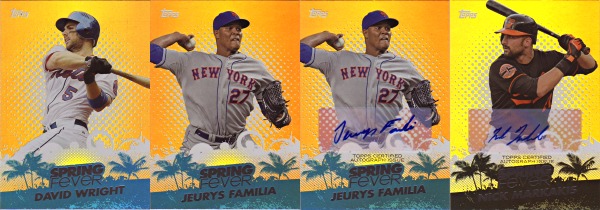
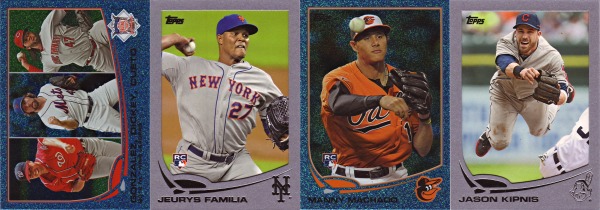
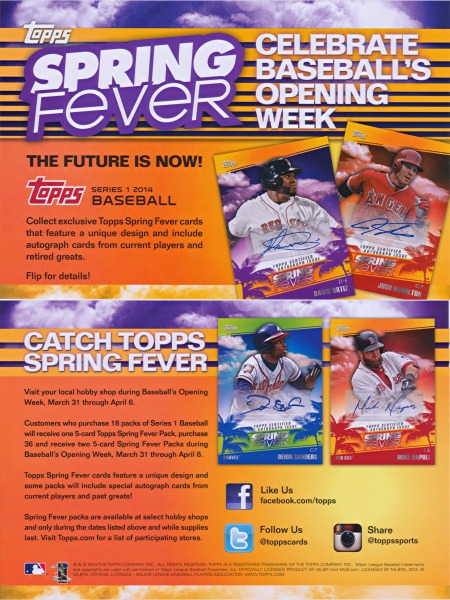




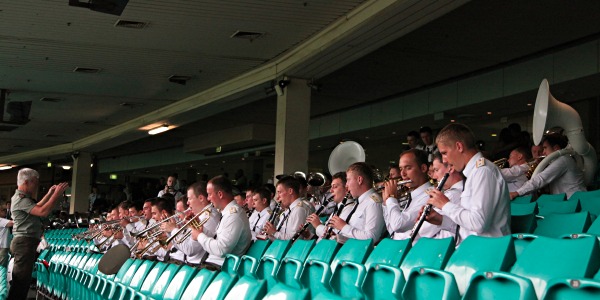
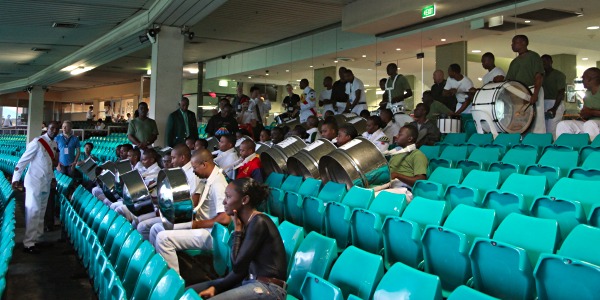




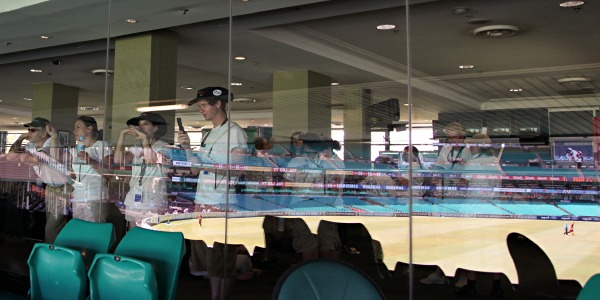

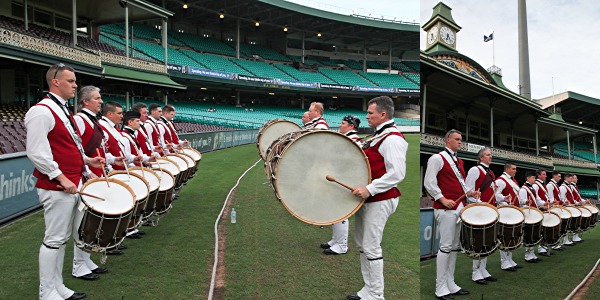
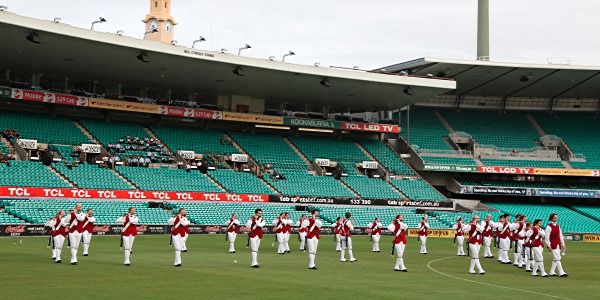
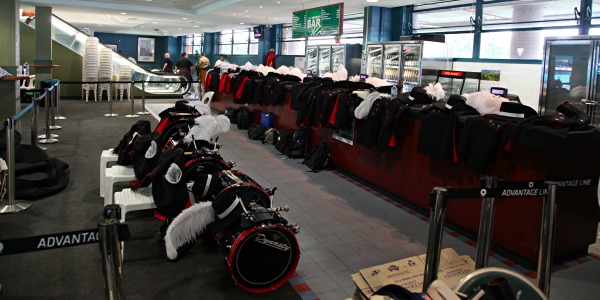

Recent Comments